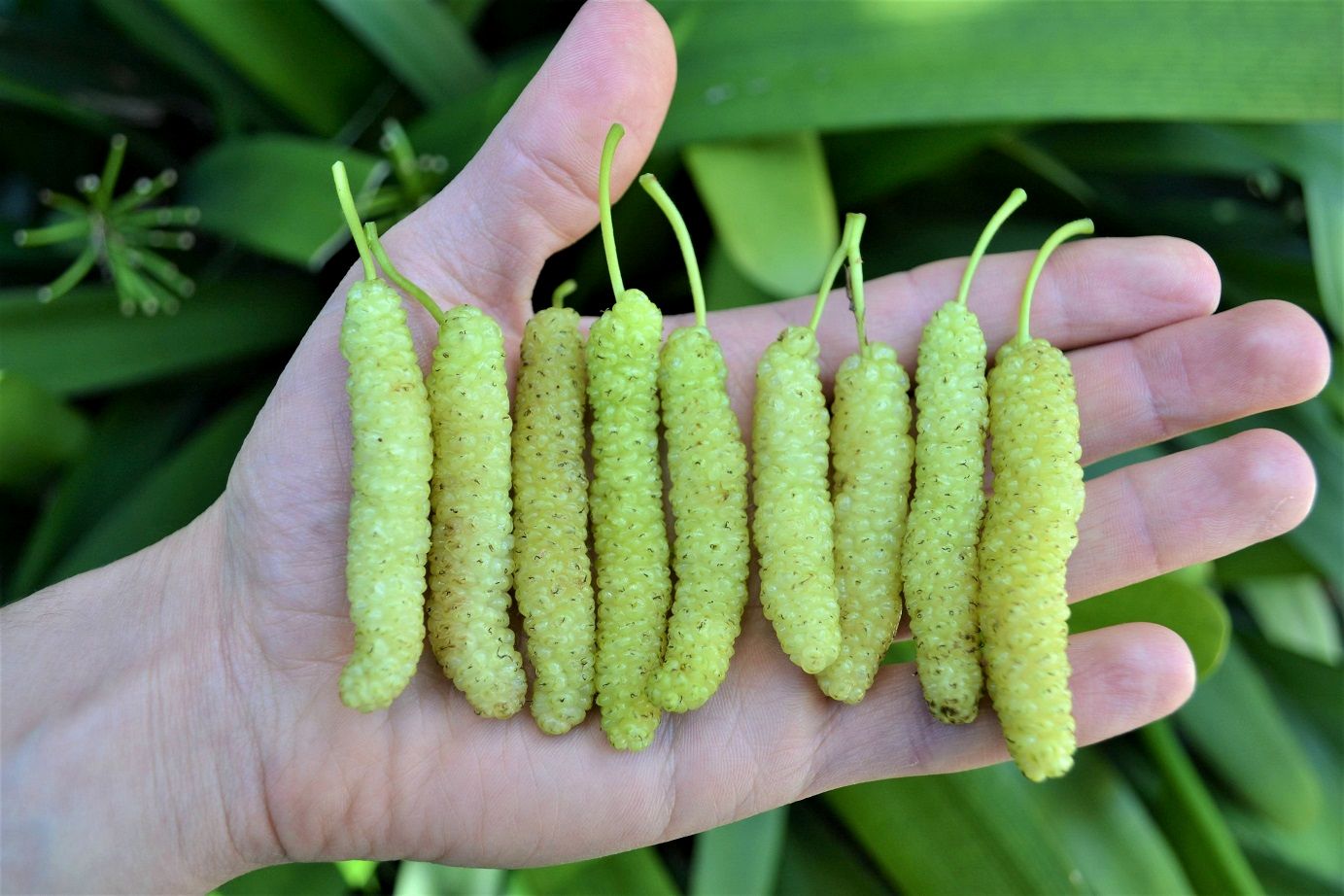
White mulberry trees, known scientifically as Morus alba, have a rich history and a variety of uses. Originating in China, these trees were initially cultivated for their leaves, the primary food source for silkworms. But there's more to white mulberries than just silk production. Did you know that their berries are not only edible but also packed with nutrients? These trees can grow up to 60 feet tall and are incredibly resilient, thriving in diverse climates. Their wood is used in furniture making, while the leaves have medicinal properties. Curious about how these trees impact ecosystems or their role in traditional medicine? Keep reading to uncover 27 fascinating facts about white mulberries that will surprise you!
What is White Mulberry?
White mulberry, scientifically known as Morus alba, is a tree native to China. It has been cultivated for thousands of years, primarily for its leaves, which are the primary food source for silkworms. Let's dive into some fascinating facts about this remarkable tree.
-
Ancient Origins: White mulberry trees have been cultivated in China for over 4,000 years.
-
Silk Production: The leaves of the white mulberry are the main diet for silkworms, which produce silk.
-
Fast Growth: These trees are known for their rapid growth, often reaching heights of 10-20 meters.
-
Hardy Nature: White mulberry trees can thrive in a variety of soil types and climates, making them highly adaptable.
-
Fruit Variety: The tree produces small, sweet, and edible fruits that can be white, pink, red, or purple.
Nutritional Benefits of White Mulberry
White mulberry isn't just for silkworms. Its leaves and fruits offer numerous health benefits for humans too.
-
Rich in Vitamins: The leaves are packed with vitamins A, B, and C.
-
Antioxidant Properties: Both the leaves and fruits contain antioxidants that help combat free radicals in the body.
-
Blood Sugar Regulation: Compounds in the leaves can help regulate blood sugar levels, making them beneficial for diabetics.
-
Cholesterol Management: Regular consumption of white mulberry can help lower bad cholesterol levels.
-
Weight Loss Aid: The leaves contain compounds that inhibit carbohydrate absorption, aiding in weight management.
Medicinal Uses of White Mulberry
Traditional medicine has long recognized the therapeutic properties of white mulberry.
-
Anti-inflammatory: The leaves have anti-inflammatory properties that can help reduce swelling and pain.
-
Antibacterial: Extracts from the tree have been shown to possess antibacterial properties.
-
Liver Health: Consuming white mulberry can support liver function and detoxification.
-
Immune Boost: The high vitamin C content in the leaves boosts the immune system.
-
Respiratory Health: Traditional Chinese medicine uses white mulberry to treat respiratory conditions like asthma and bronchitis.
Environmental Impact of White Mulberry
White mulberry trees have a significant impact on the environment, both positive and negative.
-
Erosion Control: The extensive root system helps prevent soil erosion.
-
Air Purification: These trees can absorb pollutants, improving air quality.
-
Invasive Species: In some regions, white mulberry is considered invasive, outcompeting native plants.
-
Wildlife Habitat: The tree provides food and shelter for various wildlife species.
-
Carbon Sequestration: Like other trees, white mulberry helps sequester carbon dioxide, mitigating climate change.
Cultural Significance of White Mulberry
White mulberry has played a vital role in various cultures throughout history.
-
Silk Road: The cultivation of white mulberry was crucial to the success of the Silk Road trade routes.
-
Chinese Mythology: In Chinese mythology, the tree is associated with longevity and immortality.
-
Symbol of Wisdom: In some cultures, the tree symbolizes wisdom and knowledge.
-
Traditional Crafts: The wood is used in traditional crafts and musical instruments.
-
Culinary Uses: The fruits are used in various culinary dishes, including jams, wines, and desserts.
Fun Facts About White Mulberry
Here are some quirky and lesser-known facts about white mulberry.
-
Leaf Shape: The leaves can vary greatly in shape, even on the same tree.
-
Hybridization: White mulberry can hybridize with other mulberry species, creating unique varieties.
Final Thoughts on White Mulberry
White mulberry isn't just another tree. It's packed with interesting facts and benefits. From its medicinal uses to its role in silk production, this tree has made a mark in various fields. Its leaves are the primary food source for silkworms, which are crucial for the silk industry. The berries are not only tasty but also rich in nutrients like vitamins and antioxidants. Historically, white mulberry has been used in traditional medicine to treat various ailments. Its wood is durable and used in making musical instruments and sports equipment. Whether you're interested in its health benefits, economic importance, or historical significance, white mulberry offers something for everyone. So next time you see a white mulberry tree, you'll know there's more to it than meets the eye.
Was this page helpful?
Our commitment to delivering trustworthy and engaging content is at the heart of what we do. Each fact on our site is contributed by real users like you, bringing a wealth of diverse insights and information. To ensure the highest standards of accuracy and reliability, our dedicated editors meticulously review each submission. This process guarantees that the facts we share are not only fascinating but also credible. Trust in our commitment to quality and authenticity as you explore and learn with us.
